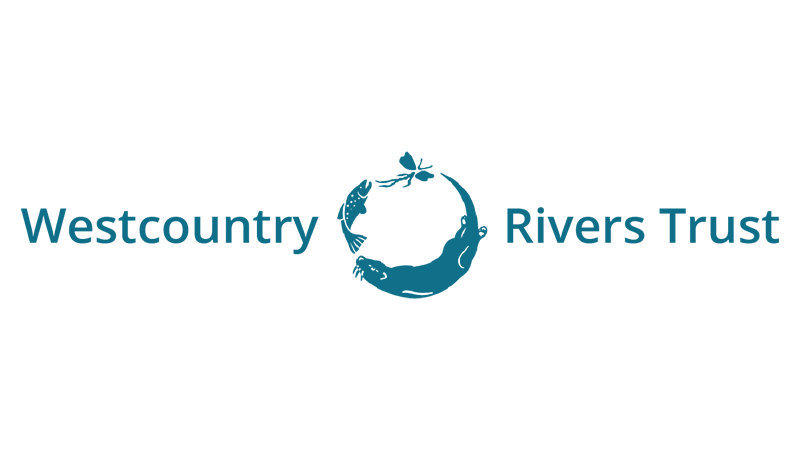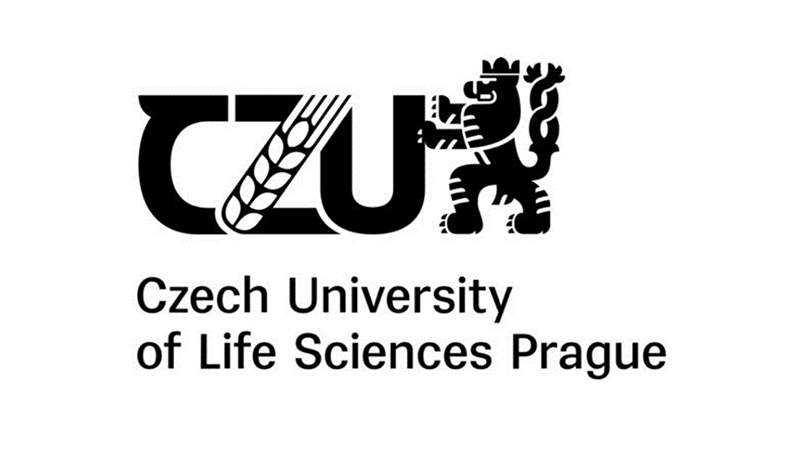Demonstrator #2
West Country region, UK
Key Facts
The catchments of the River Axe, the River Camel and the Somerset Levels and Moors Ramsar Site represent 750 km² and Somerset Levels and Moors Ramsar Site is 6,395km². Climate risks and impacts faced by the area include pollution, flooding and drought, and reduced development of the region.
Actions and expected results
The project will embed these sites within at-risk catchments to enable a sufficient density to deliver the repayment terms from buyers so that investors of green bonds can be paid back once environmental goods and services are delivered. The nutrient loading will be monitored. Finally, governance and financial mechanism will be tested for the adoption of phosphate credits alongside emerging farm carbon credits.
Partners Involved





